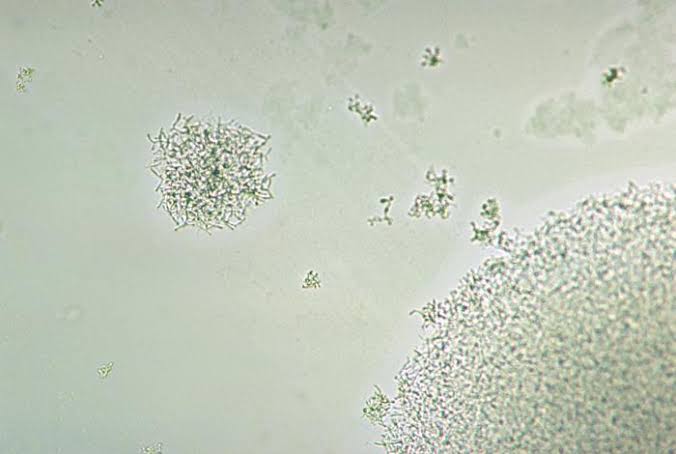Corynebacterium Matruchotii: A Unique Bacterium Redefining Reproduction and Implications for Oral Health

Recent research has uncovered a remarkable reproductive strategy employed by Corynebacterium matruchotii, a filamentous bacterium residing in human oral plaque. Unlike the typical binary fission observed in most bacterial species, C. matruchotii exhibits a simultaneous division process that can produce up to 14 daughter cells at once. This finding, reported in the September 10 issue of the Proceedings of the US National Academy of Sciences, has significant implications for our understanding of bacterial behavior and oral health.
Microbiologist Scott Chimileski from the Marine Biological Laboratory observed this unique cellular division while conducting time-lapse imaging of microbial communities in the human mouth. His co-author, Gary Borisy, expressed astonishment at the discovery, highlighting its deviation from conventional bacterial reproduction.
While some bacteria can divide into numerous spores, which remain dormant until conditions are favorable for growth, C. matruchotii stands out as the only known species capable of rapidly dividing into multiple actively growing cells. This strategy may provide C. matruchotii with a competitive edge, allowing it to rapidly expand and occupy fresh territory in the oral environment, particularly after tooth brushing, which typically removes bacteria from the surface.
The implications of this reproductive strategy extend beyond mere bacterial proliferation. The ability of C. matruchotii to quickly reclaim territory raises important questions about its role in the oral microbiome and its potential impact on oral health. The next phase of research aims to investigate how this bacterium contributes to biofilm formation, which is critical for the adhesion of other bacteria in the mouth. Understanding these interactions may offer insights into dental diseases and strategies for maintaining oral hygiene.
In conclusion, the discovery of C. matruchotii’s unique division method not only enriches our understanding of microbial life in the human mouth but also underscores the complexity of the oral microbiome and its implications for health. As research progresses, it could lead to innovative approaches in dental care and microbiome management.


